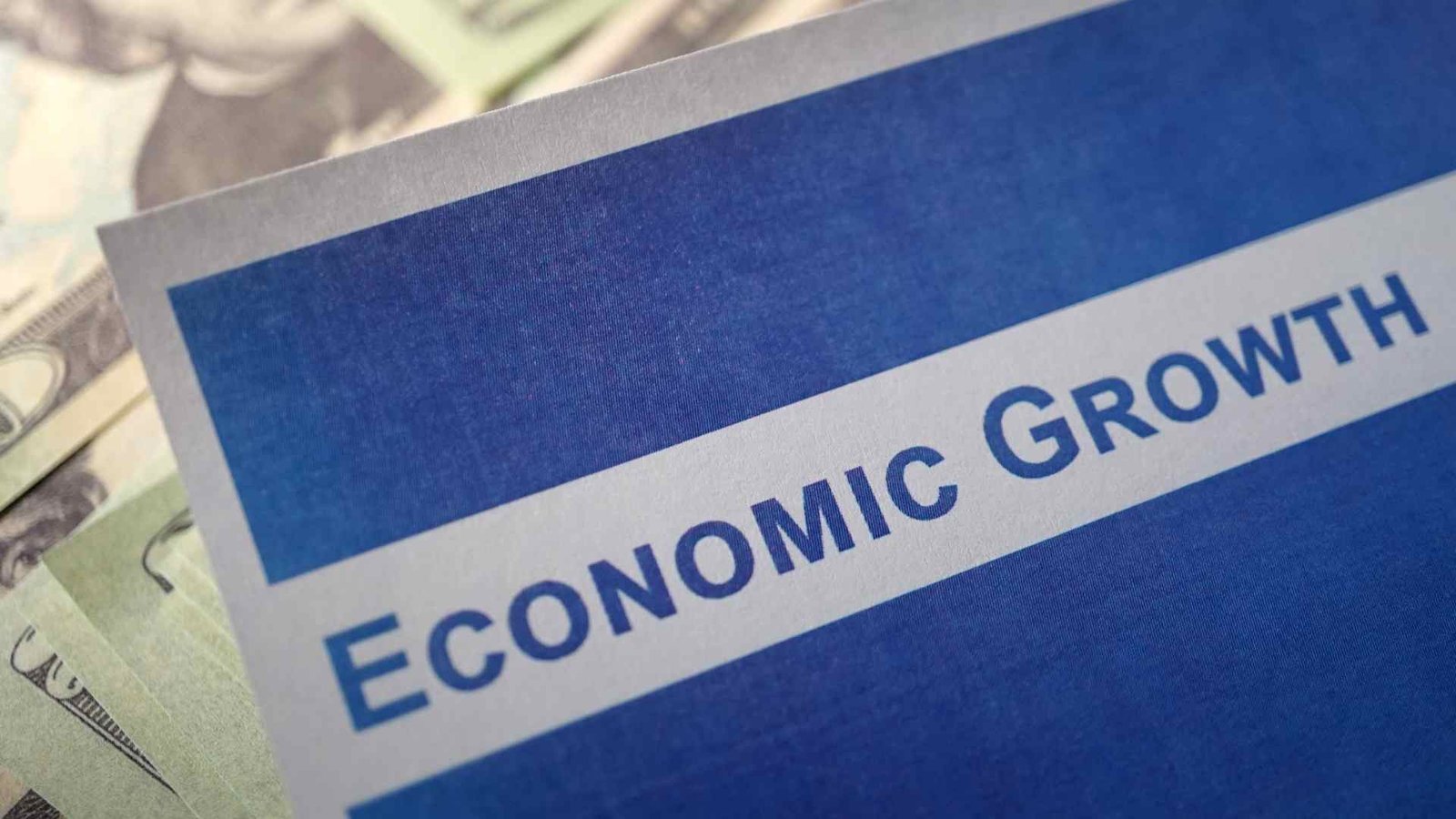As we look ahead to 2025, global economic growth is projected to be modest. The United States is expected to see a growth rate of around 2.0%, while the Eurozone lags at 0.9% and China is forecasted to grow at 4.2%. These figures are notably below historical averages, which raises concerns about persistent inflation and the potential for increased market volatility.
Economic Growth Projections
| Region | Projected Growth Rate (%) | Historical Average (%) |
| United States | 2.0 | ~2.6 |
| Eurozone | 0.9 | ~1.5 |
| China | 4.2 | ~6.5 |
United States: A Gradual Slowdown
The U.S. economy is projected to grow by 2.0% in 2025, reflecting a slight decrease from previous years but still indicating steady expansion. Key factors influencing this growth include:
- Consumer Spending: Despite rising interest rates, consumer spending remains robust, supported by increasing household incomes.
- Inflation Management: Inflation rates are expected to stabilize as central banks adjust their policies in response to economic conditions.
- Labor Market Dynamics: The labor market has shown resilience, with low unemployment rates supporting consumer confidence and spending.
Recent Insights from Goldman Sachs
Goldman Sachs projects that U.S. GDP could outperform expectations, potentially reaching 2.5% in 2025 due to favorable supply-side factors and productivity growth. However, risks remain from potential trade tariffs and immigration policy changes that could dampen growth.
Eurozone: Struggling for Recovery
The Eurozone’s growth is anticipated at 0.9%, reflecting ongoing challenges:
- Economic Stagnation: Many countries within the Eurozone continue to face sluggish recovery, with high inflation impacting consumer confidence.
- Policy Adjustments: Central banks may need to implement further monetary policy adjustments to stimulate growth.
- Trade Pressures: The potential for new tariffs from the U.S. could further strain the Eurozone economy, reducing export competitiveness.
Economic Forecasts
Recent estimates suggest that Eurozone GDP growth might be even lower than anticipated, around 0.8%, as trade tensions escalate and inflation remains a concern.
China: Resilience Amidst Challenges
China’s economy is projected to grow at 4.2% in 2025, a significant slowdown from its historical average:
- Export Declines: The impact of U.S. tariffs on Chinese exports is likely to weigh heavily on economic performance.
- Government Stimulus: Chinese policymakers are expected to introduce stimulus measures to support domestic demand and counteract external pressures.
- Inflation Concerns: Core inflation in China is anticipated to remain elevated, which could complicate economic stability.
As we face a landscape of moderate growth in 2025, the interconnectedness of global economies underscores the need for strategic policy responses to foster resilience and stability.
Trade Impact on Growth
Goldman Sachs notes that potential tariff increases could subtract nearly 0.7 percentage points from China’s growth in 2025. This underscores the interconnectedness of global trade policies and economic performance.
Implications of Moderate Growth
This moderate growth environment poses several risks:
- Persistent inflation: With growth rates falling below historical averages, inflation may remain a concern, complicating the decisions of central banks regarding interest rates.
- Market volatility: Investors may experience increased volatility as economic indicators fluctuate, prompting shifts in monetary policy.
- Global Economic Interdependence: Changes in one major economy can have ripple effects across others, highlighting the importance of coordinated policy responses.
The economic outlook for 2025 suggests a challenging environment characterized by modest growth across major economies. Stakeholders must remain vigilant, as inflationary pressures and market volatility could impact both consumer behavior and investment strategies.
Additional Considerations for Future Growth
As we move into 2025, several factors will be crucial for sustaining economic momentum:
- Monetary Policy Adjustments: Central banks will need to navigate carefully between stimulating growth and controlling inflation.
- Fiscal Measures: Governments may need to implement fiscal policies that promote investment and consumer spending.
- Global Trade Relations: Ongoing negotiations and trade agreements will play a significant role in shaping economic prospects.
By understanding these dynamics, businesses and consumers can better prepare for the challenges and opportunities that lie ahead in the evolving economic landscape of 2025.






